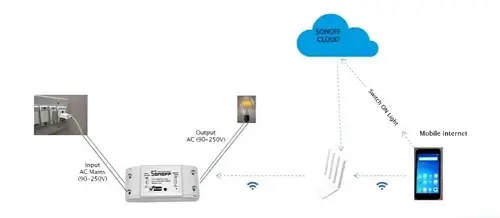Piston-Type Pressure Sensors in IoT: Bridging Mechanics and Smart Tech
When you think of IoT devices, you might imagine sleek digital sensors and AI-powered dashboards. But behind many of these smart systems are mechanical heroes that quietly do the hard work. One such example is the piston-type pressure sensor — a classic design that’s now becoming part of the IoT ecosystem.
These sensors have been around for decades, especially in industrial applications. And with the rise of IoT, their usefulness has grown even further. Let’s take a closer look at how they work, where they’re used, and why they matter today.
What Is a Piston-Type Pressure Sensor?
A piston-type pressure sensor works on a simple principle. It uses a piston and a spring mechanism inside a cylinder. When pressure is applied to the sensor, the piston moves against the spring. The amount of movement depends on how strong the pressure is.
This displacement is then converted into an electrical signal using a transducer. Once that signal is digitized, it can be transmitted over IoT networks for monitoring and analysis.
In short, it’s mechanical motion turned into smart data — simple, robust, and incredibly effective.
How It Fits Into the IoT World
The piston-type pressure sensor becomes “smart” when it’s integrated with IoT systems. By connecting these sensors to wireless transmitters, gateways, and cloud platforms, users can track pressure readings in real time from anywhere.
For example, imagine a large factory with hundreds of hydraulic machines. Instead of manually checking each one, IoT-enabled piston sensors can send continuous data to a central dashboard. If pressure drops or spikes beyond safe limits, alerts can be sent instantly to maintenance teams.
Real-World Applications
- Hydraulic Systems: Piston sensors are commonly used in hydraulic circuits. With IoT integration, engineers can monitor fluid pressure across different components, ensuring the entire system runs smoothly and efficiently.
- Pneumatic Equipment: In factories that rely on compressed air, piston-type sensors help measure and maintain optimal air pressure. IoT connectivity allows operators to spot leaks or inefficiencies early, saving both energy and costs.
- Oil and Gas: These sensors can handle high pressures, making them perfect for oil rigs, pipelines, and refineries. IoT systems help detect dangerous pressure fluctuations before they cause serious problems.
- Automotive Testing: In vehicle manufacturing and performance testing, piston-type sensors help monitor hydraulic brakes, fuel systems, and engines. When linked to IoT platforms, engineers can collect real-time pressure data to improve safety and design.
Advantages of Piston-Type Sensors in IoT
- Durability: These sensors are built to withstand high pressures and tough industrial environments.
- Accuracy: They provide reliable readings even in fluctuating conditions.
- Cost-Effective: Their simple design makes them affordable and easy to maintain.
- IoT Integration: When paired with smart systems, they offer predictive maintenance and remote monitoring capabilities.
Final Thoughts
The piston-type pressure sensor might be a mechanical invention, but when combined with IoT, it becomes a powerful digital tool. It bridges the gap between physical systems and smart analytics — proving that even the most traditional devices can find new life in the connected world.
From industrial plants to automotive testing labs, these sensors are showing us that innovation isn’t always about inventing something new. Sometimes, it’s about reimagining what we already have.




